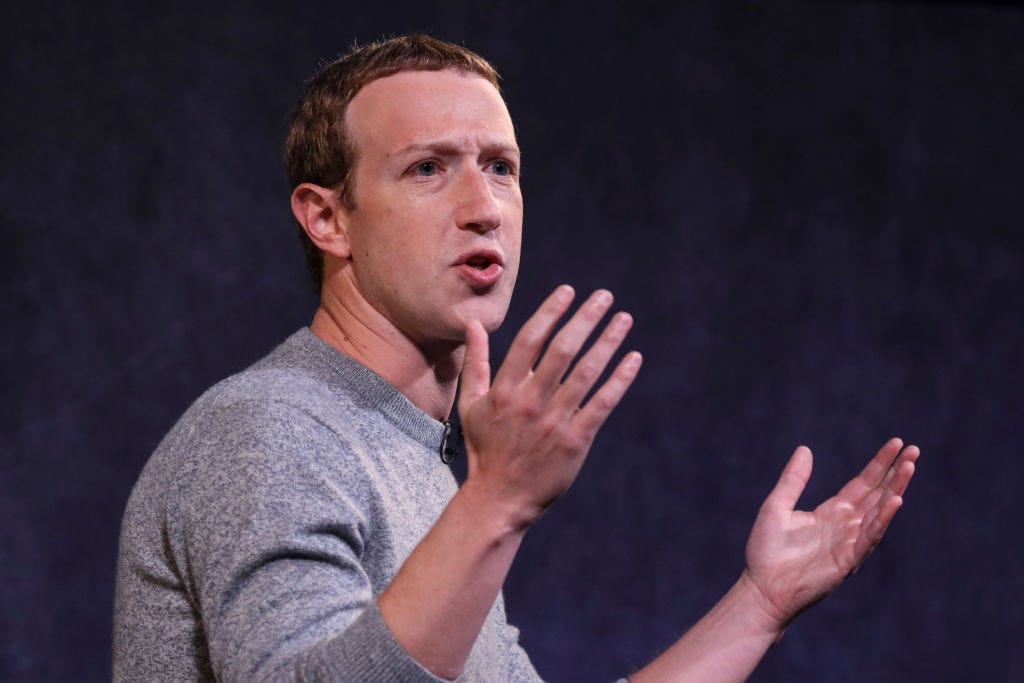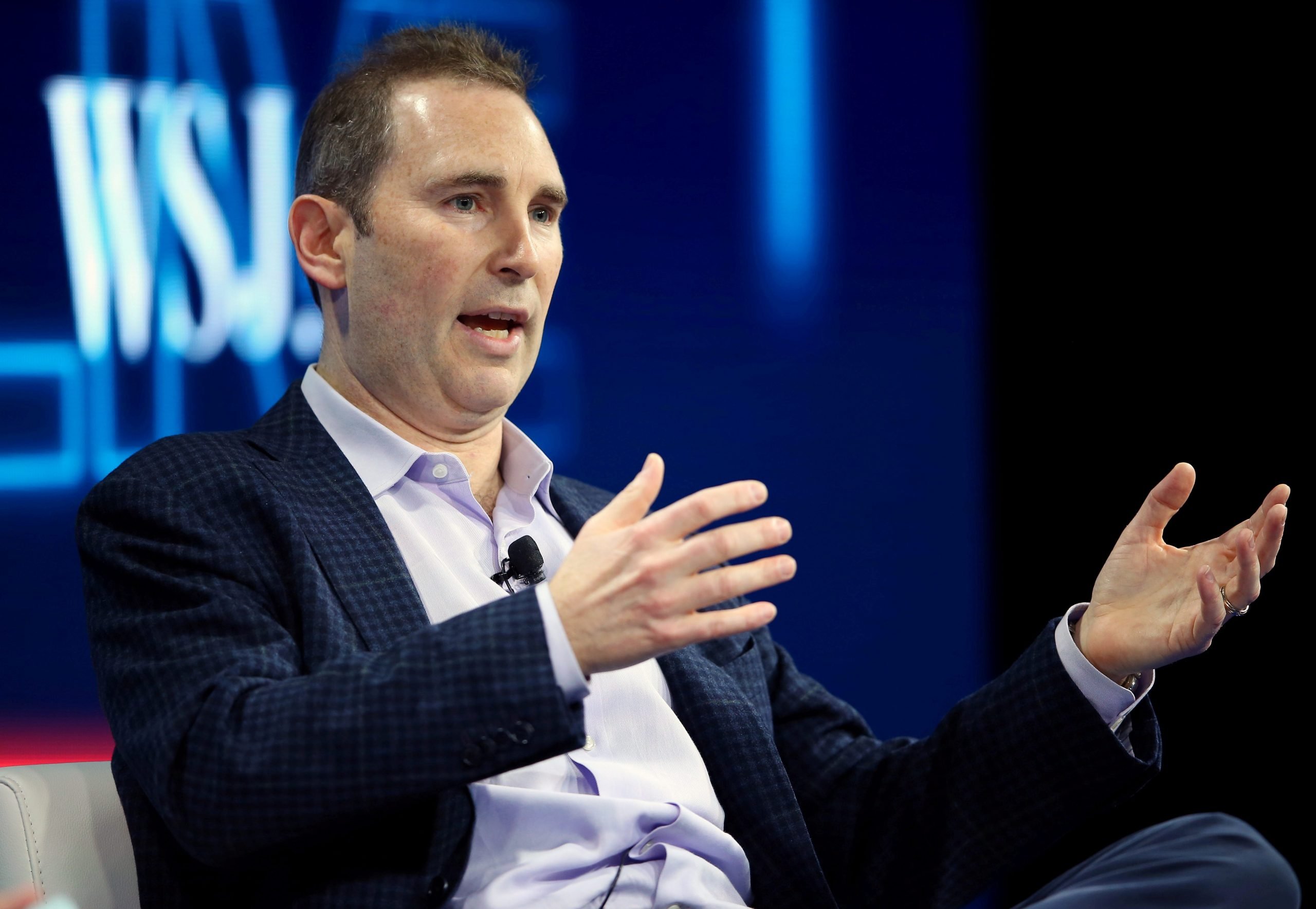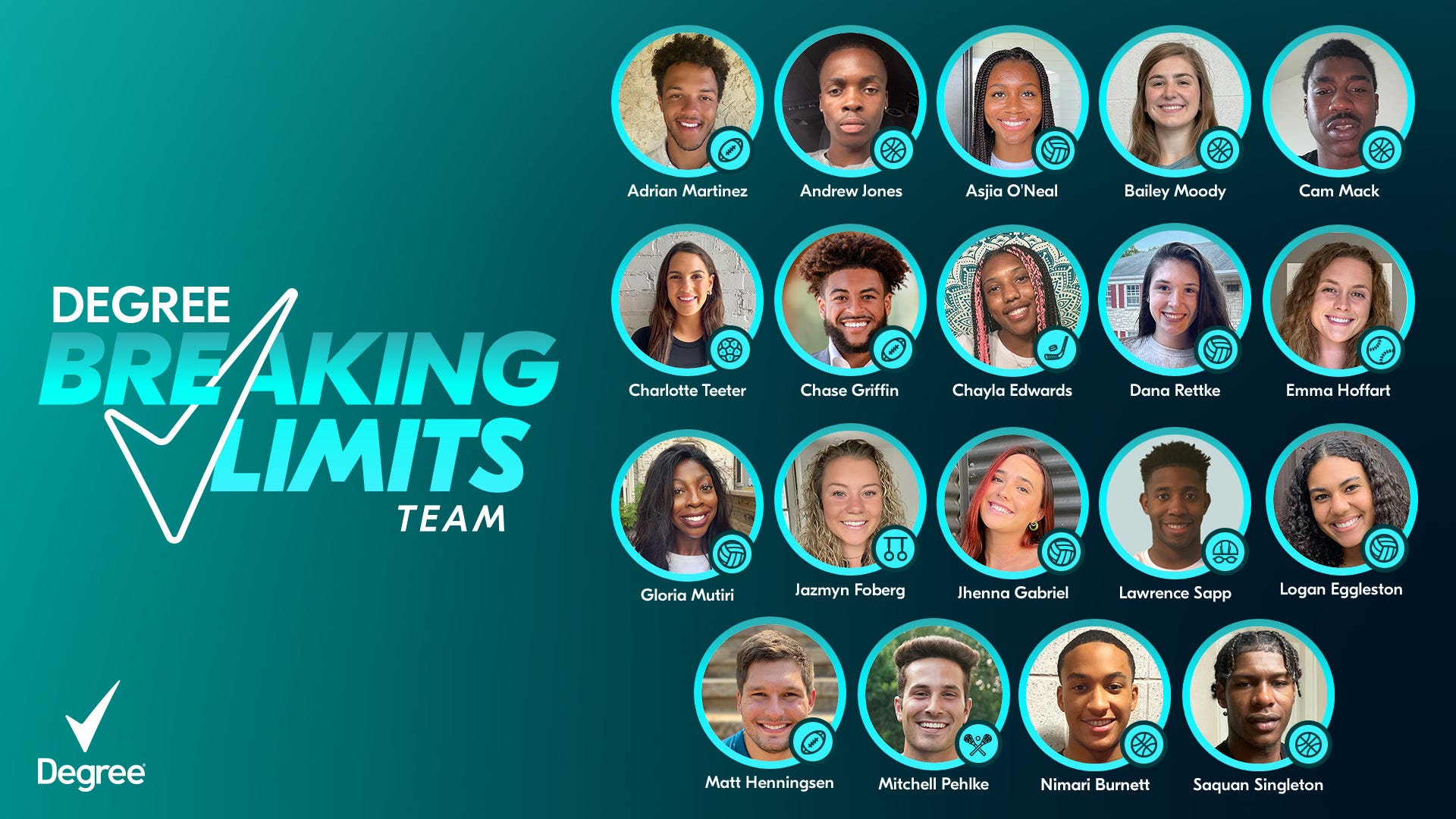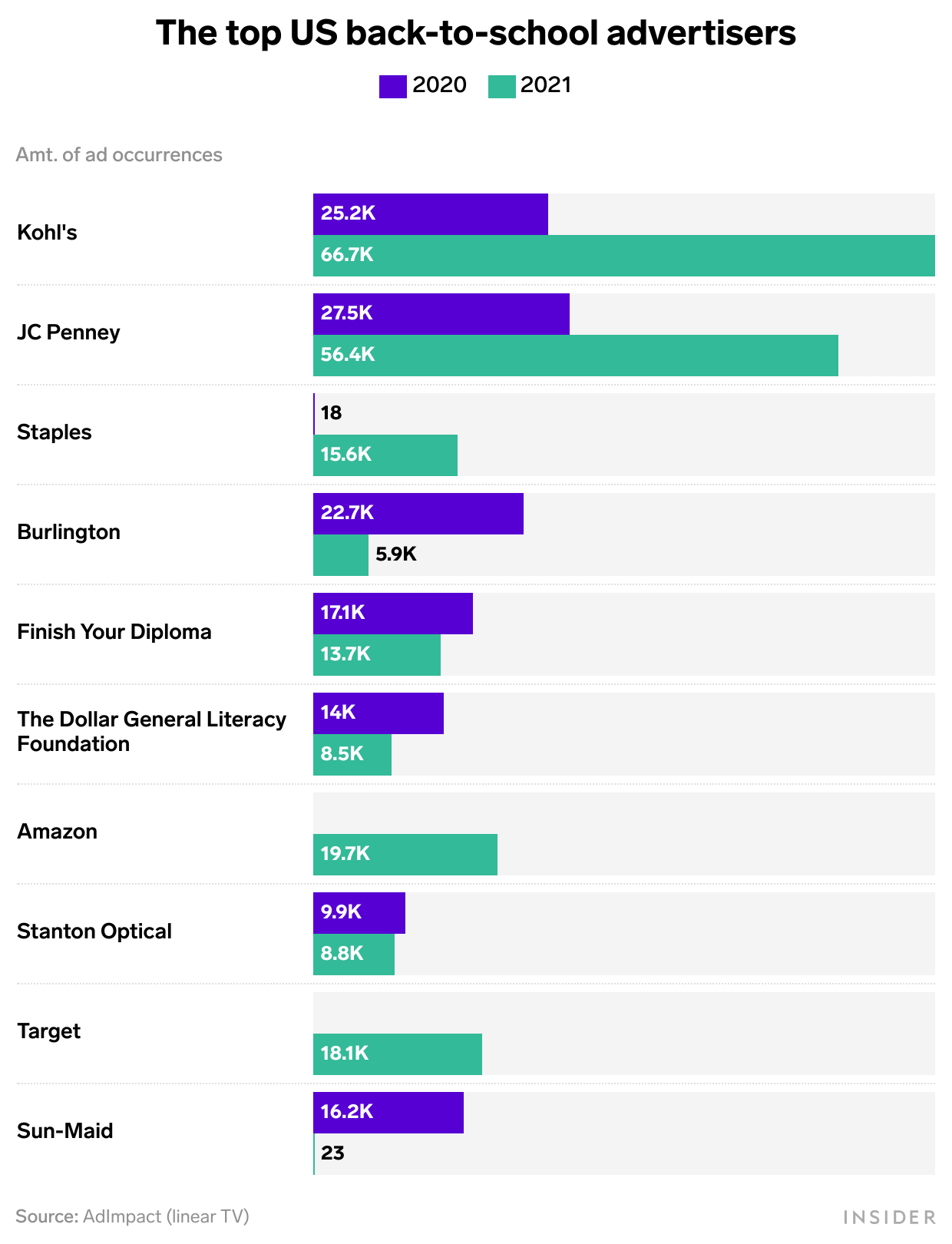Hello and welcome back to Insider Advertising, your weekly look at the biggest stories and trends affecting Madison Avenue and beyond. I'm Lara O'Reilly, Insider's media and advertising editor. If this was forwarded to you, sign up here.
I'm reading "The Cult of We," the incredible page-turner about WeWork and how its charismatic cofounder Adam Neumann managed to convince a host of major investors that he had built an expansive tech platform deserving of a multibillion-dollar valuation, rather than a real-estate company. So you can imagine how my eyebrows arched when I read this week that Publicis Groupe wasn't merely an advertising holding company anymore; it's apparently shifting to become a platform now, too. Make sure to let me know first when your agency pivots to the metaverse.
Speaking of pivots, let's turn now to this week's big advertising news:
- Another Facebook measurement mishap
- Amazon plans advertising hiring spree
- Unilever's Degree on why it leaped straight out the blocks with its college-athlete campaign after the big college-athlete NIL rule change
Breaking SKAd

Drew Angerer/Getty Images
Facebook told advertisers this week that a "bug" in its measurement system had caused it to undercount ad performance among some iPhone 12 users since February. The issue, which it fixed August 20, concerned app-install conversions and how Facebook interacts with Apple's privacy-focused measurement solution SKAdNetwork. Facebook said about 10% of total SKAdNetwork conversions were not reported.
Unlike some of Facebook's measurement flubs in the past – which resulted in it offering refunds to affected advertisers and even being subject to lawsuits – the company isn't talking about make goods this time, as it was underplaying rather than overstating its performance.
Still, a mobile ads expert, who asked to remain anonymous given their company's relationship with Facebook, told me: "I'd say this is a pretty big oops."
They continued: "Even just calculating out the basic numbers of quarterly revenues and percentage of users on iPhone 12, this probably cost Facebook a ton of money - quite aside from frustrations of advertisers wondering why their campaign numbers seemed low."
A question now being posited by some mobile marketing buffs is: If Facebook with all its resources - and very keen interest in the various machinations of Apple's new App Tracking Transparency changes - had SKAdNetwork issues for such a long time, might other tech platforms and publishers have experienced post-iOS 14.5 measurement difficulties too?
'Cause you're Amazon just the way you are

Mike Blake/Reuters
Amazon took a largely "slow and steady wins the race'' approach to the ads business in its earlier years, but more recently it's had its foot on the gas, and it shows no signs of slowing. The company grew ad revenue by more than 50% to about $21 billion in 2020, growing its share of the US digital ad market above 10% for the first time.
It's not stopping there. This week Amazon CEO Andy Jassy said in an interview that the company planned to hire 55,000 people in tech and corporate jobs worldwide, including a ramp-up in hiring in its advertising division.
The company appears to be wasting no time. A cursory search on Amazon's careers page on Thursday turned up more than 1,900 job posts in Amazon's Advertising business category.
Interested? Before you apply, make sure you read this report from Insider's Ashley Stewart and Eugene Kim. They spoke with insiders about Amazon's intense "Escape Velocity" executive-onboarding program, designed to immerse top-level new hires in the company's culture.
The 90-second slot
In this semiregular corner of the newsletter, we bring you a rapid-fire, 90-second interview with the industry's most influential executives who are dominating the week's advertising news.
This week, I spoke with Chiara Grillo, a senior marketing manager at the Unilever deodorant brand Degree.
The NCAA lifted long-standing restrictions on July 1, finally allowing college athletes the rights to sell their name, image, and likeness in endorsement deals with brands. Right away, Degree launched its "Breaking Limits" campaign, which features a roster of college athletes from a range of sports and universities. This week, Degree added five more college athletes to the squad, bringing the total to 19.

Other marketers might have adopted a wait-and-see approach when the NIL rules changed. Why did you dive straight in?
Unilever and Degree have a very rich history of working with college sports, and we wanted to set up a positive precedent for working with and continuing to compensate fairly college athletes in terms of NIL. We wanted to move in as soon as it went into effect.
How does Degree and Unilever's approach to working with college athletes differ from working with professional athletes?
The same criteria stands for working with any athlete. There must be standing, there must be the kind of brands that might be a good fit, and they must have a platform. In this case that can really help inspire people to do more.
Given that most college athletes do not have access to agents and they are definitely having their first experience partnering with brands, we took it upon ourselves to sit down with each of them on a one-to-one, ensuring that their parents, guardians [had resources] available to them.
For instance, as part of our deal, on top of just making sure they're partnered with a brand, there's a mentorship program where they're exposed to more deeper, exciting challenges to help them as they go forward with their careers, potentially outside of sports.
How are you measuring the success of this activity?
We are committed to inspiring confidence in everyone to move more, and we are committed to using our scale to do more good. So really the main KPI here is that impact: How many people can we inspire with this program? That's why we're not asking these student-athletes to just go there and showcase a product and say how many hours it's effective for, but really to inspire people with the story of overcoming adversity - and their stories are absolutely incredible.
Back to the old skool
The Delta coronavirus variant continues to bring uncertainty to exactly what "back to school" is meant to look like this year. And that's not to mention the ongoing supply-chain issues that have been making some items tricky to find in stores.
Still, data from ad-analytics platform AdImpact shows that overall, more back-to-school ads are running on TV this year than last, with most advertisers in the sector presumably predicting pent-up demand for stationery and lunchboxes as many kids are getting back in the classroom. AdImpact tracked the volume of ad airings across broadcast and cable TV.

Recommended reading
The Media Rating Council suspended its accreditation of Nielsen's national TV ratings service - Insider
The cryptocurrency platform Coinbase named the Facebook veteran Kate Rouch as its chief marketing officer - Insider
A profile of Kirk McDonald, who will soon hit his first anniversary as North America CEO of WPP's GroupM - Digiday
Meet the 15 power players of streaming-video marketing, from Netflix's CMO to the teams at Disney+ and HBO Max - Insider
Four members of Congress asked the Justice Department to launch a criminal investigation into whether Facebook and Google's "Jedi Blue" advertising pact violated antitrust laws - Barron's
LinkedIn Stories, we hardly knew ye! LinkedIn told marketers this week it plans to discontinue its Stories feature merely a year after first bringing it to the platform - Ad Age
See you next Thursday - Lara
